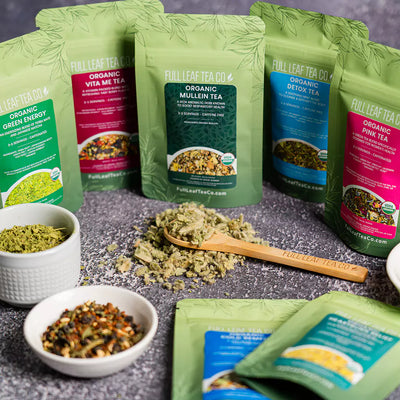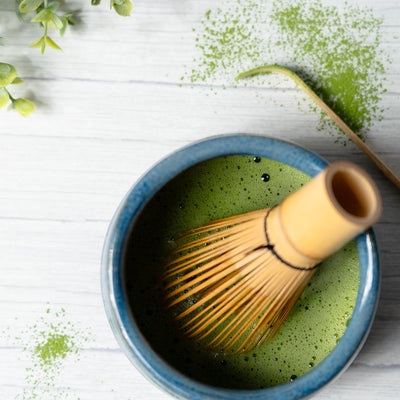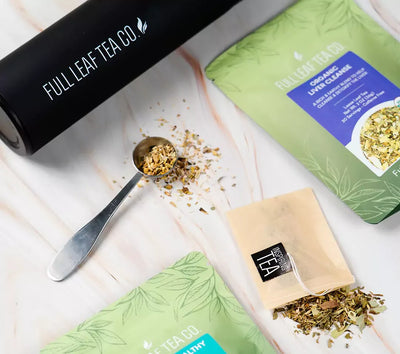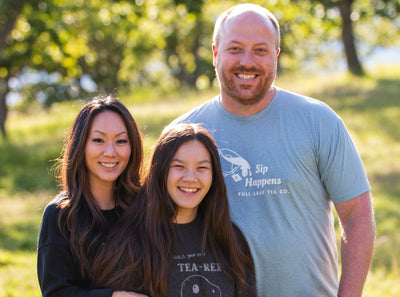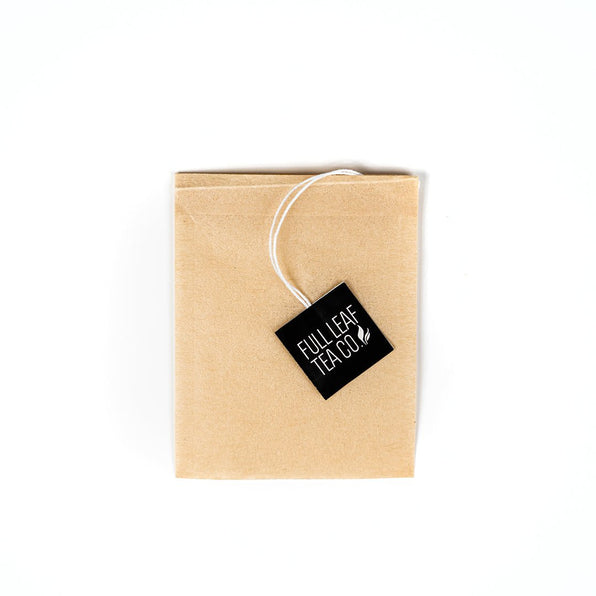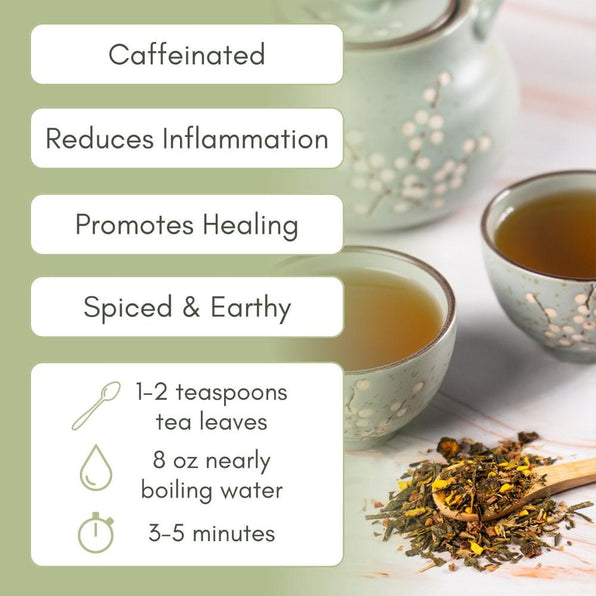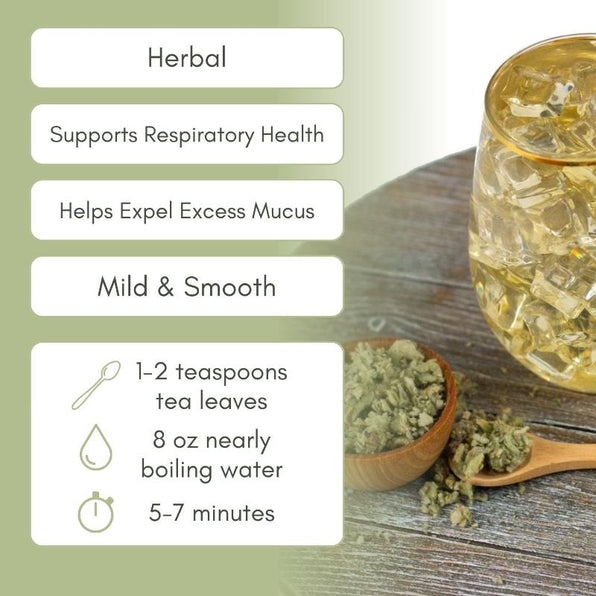Hi tea lovers! Today we are looking at a very unique ingredient that appears in several of our blends, Organic Slippery Elm!
What is Slippery Elm?
Slippery elm, known scientifically as Ulmus rubra, is a deciduous tree that has been a cornerstone in herbal medicine, particularly that practiced by Native American cultures. It is native to the central and eastern United States and parts of Canada. For generations, the inner bark of this tree has been harvested, which is rich in nutrients and has a mucilaginous property.
Historically, slippery elm tea has been a go-to remedy for conditions like sore throats and digestive discomfort, and its use extends to modern herbal practices today. Its efficacy in soothing irritated tissues makes it a popular ingredient in lozenges and cough syrups, and it is often recommended by herbalists for its gentle and effective healing properties.

What Does Slippery Elm Look Like?
Slippery elm is a bit of a strange looking ingredient for those who are unfamiliar with its appearance. This light, fluffy looking ingredient has often been confused with cotton, burlap, and wood shavings, however when this ingredient has been blended with other teas, slippery elm has helped boost the effectiveness of the tea! When this inner bark comes into contact with water, it forms a gel-like substance called mucilage, which is both soothing and nourishing. This unique property is what makes slippery elm bark so effective as a natural remedy. When used topically, the mucilage provides a protective layer over wounds, burns, and areas of skin inflammation, promoting healing and providing relief from discomfort and pain.
It can look very fluffy and does have a tendency to clump up in transit at times. If you receive a blended tea with some clumpy pieces of organic slippery elm, it is easiest to pull apart the pieces to help them more evenly distribute in your tea.


